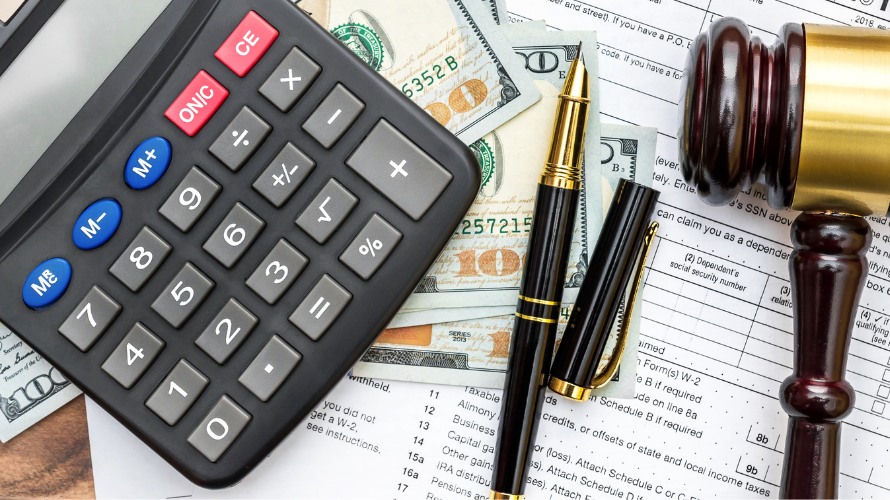Guide to File 1099-NEC Form

For independent contractors and the self-employed, tax time comes with its unique set of responsibilities—one of which is the 1099-NEC form. This form has been a part of the tax lexicon for many years, but it was not until recently that it gained a resurgence of importance. As part of the Internal Revenue Service's effort to streamline the reporting of non-employee compensation, the 1099-NEC form was reintroduced for use in the tax year 2020 and beyond. Previously, non-employee compensation was reported on the 1099-MISC. However, due to changes in the tax law, specifically the PATH Act of 2015, the IRS brought the 1099-NEC back to specifically address non-employee compensation. In this article we'll reveal the steps to complete and file the 1099-NEC electronically for the 2023 tax year.
Recent Changes to the 1099-NEC Form by the IRS
The revamp of the 1099-NEC form was a significant development for both taxpayers and tax professionals.
- This update meant that businesses now had a distinct form dedicated to reporting payments totaling $600 or more to individuals who are not employees—such as freelancers, independent contractors, and other non-employees.
- The distinction aimed to clarify the separation between non-employee compensation and miscellaneous income, which continues to be reported on the 1099-MISC form.
By reviving the 1099-NEC, the IRS has sought to simplify tax compliance and improve the efficiency of income reporting within the gig economy.
Who Should File a 1099-NEC Form?
When it comes to understanding who is eligible to file the 1099-NEC form online, the criteria are straightforward. The form applies to business owners or entities that have made payments of $600 or more for services rendered by an individual who is not their employee during the tax year. This includes the following:
- fees paid for professional services,
- commissions,
- prizes,
- awards,
- other forms of compensation for services provided by an individual or unincorporated business.
It's critical to note that payments for merchandise, telecommunication services, freight, storage, and similar items are not reported on this form. Additionally, if you are an employee receiving a wage or salary, you will not receive a 1099-NEC; instead, compensation is reported on a W-2 form.
Maximizing the Benefits of Filing the 1099-NEC Form
Knowing how to file the 1099-NEC form correctly and efficiently is important to avoid penalties and stay compliant with IRS regulations. One of the most effective ways to manage this obligation is by choosing to file online 1099-NEC form options. Filing the 1099-NEC electronically increases accuracy, reduces paperwork, and ensures faster processing by the IRS. It also allows for easy tracking and confirmation of submission, providing peace of mind for both payers and recipients.
Those obliged to file the 1099-NEC to contractors should keep meticulous records throughout the year to streamline the filing process. It's recommended that businesses collect a completed Form W-9 from each contractor before work commences. This will supply all necessary information, such as the contractor's name, address, and Taxpayer Identification Number (TIN), which is essential for completing the 1099-NEC.
Lastly, it is beneficial for taxpayers to be aware of deadlines. Generally, the form must be furnished to recipients by January 31st and filed with the IRS by the same date if filing by paper or by March 31st if filing electronically. Choosing to file the 1099-NEC tax form ahead of the deadline can prevent rush-induced errors and undue stress.
The preparation and issuance of tax forms might seem daunting, but with the right approach and timely action, navigating tax obligations such as filing the 1099-NEC form online can be a smooth process.
Latest News


